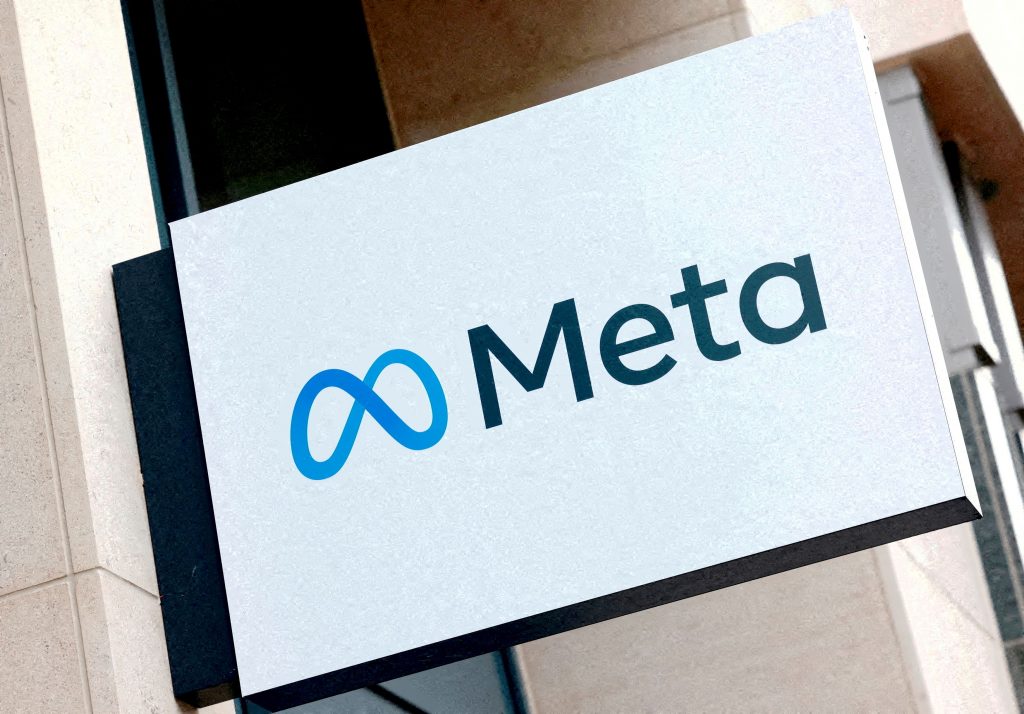SAN FRANCISCO—At a recent session with a group of high-schoolers, digital-wellness advocate Larissa May explained how social-media apps tune their algorithms to keep users scrolling. She helped some students write a potential new smartphone and social-media policy for the school, San Francisco University High School—it included a screen-free table at lunch and a pact among students to seek permission to post another’s photo.
May asked the high-schoolers to reflect on the apps they use the most, and list the features that keep them hooked. They mentioned infinite scroll, push notifications and videos that play automatically. Then they described what they believe digital well-being would feel like: being able to put their phone down without anxiety that they’ll miss something and peacefulness rather than a pressure to post to social media.
May leads a nonprofit called Half the Story that teaches teens how to have a healthy relationship with the tech in their lives.
Her efforts aim to repair damage that she and others say is caused by youth-focused social-media apps such as TikTok and Meta Platforms ’ Instagram. In the years since Instagram and other apps launched, rates of anxiety and depression among teens have soared. The U.S. Surgeon General warned last year that social media could pose a “profound risk of harm” to young people’s mental health.
“We can’t wait for big tech, so young people are doing it themselves,” May, 29, says.
May started lobbying social-media companies to give priority to mental health nearly nine years ago, when she tried meeting with the companies to suggest changes to the platforms. Pinterest was receptive and promoted videos of teens from Half the Story encouraging people to get offline. But May now views partnerships as only part of her strategy.
She has expanded her focus to educational programming and is adding a more aggressive approach: marshaling social media’s main users—teens themselves—to fight for change.
People close to the big social-media platforms say they have monitored May’s efforts and have grown increasingly concerned about the perception of their products among educators, parents and teens.
Increasingly, schools are finding their resources sapped by problems stemming from the time their students are spending online. “Many of the social issues that we are encountering have a nexus to young people’s interactions on social media,” said Dr. Shari Camhi, superintendent of Baldwin Union Free School District in Baldwin, New York.
Teens, meanwhile, are tired of hearing that they are doing it wrong.
With a curriculum called Social Media U, May trains educators to use Half the Story’s materials to work with students once a week for about an hour in an eight-week program. The curriculum incorporates experiences and games to teach students about the connection between emotional health and digital habits. Segments are titled, “Your Brain on Tech,” “The Loneliness Epidemic,” and “The Trust Triangle.” May wants students to learn to better manage what triggers them online and offline, so that when something they see online upsets them, they are in a better position to cope.
In one lesson, students are challenged to figure out the algorithms their social-media apps employ on their devices—to help them understand how they are fed certain content. A game, deep-fake bingo, asks students to identify and dissect typical online posts that aren’t real or incorporate fake images and videos.
More than 17,000 middle and high-schoolers across the U.S. have participated in Half the Story’s lessons and events. The most motivated of these students go on to learn from May how to advocate for policy change.
Districts in California, New York, Illinois, and Tennessee, as well as the U.K., have adopted Half the Story’s curriculum.
May isn’t anti-tech, and notes that Half the Story’s curriculum doesn’t shame students for using it. Students at the San Francisco school told her they feel closer to friends when they play Minecraft, and they like to stay in touch with relatives on FaceTime. May shares that she is a member of every Facebook group related to the appreciation of pugs. “You see people posting about their pugs like they’re newborns,” she said. “I love my pug, Poncho.”
By the end of her half-day session there, several seniors were asking to travel with May to California’s state capital next time she meets with lawmakers about potential legislation to keep kids safe online.
May, 29, grew up outside of Chicago with her parents and two younger sisters, and now lives with her husband in a cottage in Sonoma County, Calif., nearby to an artist colony and an ashram where she practices mindfulness.
She was precocious and aimed at different times in her childhood to be an actor and to start a mothers’ helper business—she made business cards and brought crafts to her gigs.
May was in high school in Chicago when Instagram came out, and she quickly saw the app as her ticket to a bigger world. She poured her time into it, hoping that getting attention on the app would help her one day move to New York or Los Angeles as a fashion blogger.
By the time she got to Vanderbilt for college, May says, she was spending 10 hours a day on her phone. She published a fashion blog and created her own major, Creative Strategy, Marketing, and Communications. But, she became depressed, and believes her time on Instagram played a role.
“I was going there because I was bored. I was going there because I didn’t feel good about myself. I was going there because I felt that the only way I could feel good is if other people gave me likes,” May told the San Francisco students. “I was just crumbling.”
May continued posting to Instagram, broadcasting to her followers that everything was great, even as she stayed in bed, grappling with thoughts of suicide. A dorm staff member intervened. May got help.
Her experience aligns with findings of some of Meta’s own researchers. As uncovered in a 2021 Wall Street Journal investigation , they reported that many teens who struggled with mental health said Instagram made it worse. Meta at the time said some features of Instagram could be harmful to some young users, but that they aren’t easily addressed, and that a lot of good also comes from the platform.
Young people say they want to change: Nearly 40% of teens say they spend too much time on their smartphones, and more than 25% say they spend too much time on social media, according to Pew Research Center.
But May says it is hard to empower them when they are used to hearing that all they need is more self control. Many tech companies devote teams to trying to keep teen users on their apps for as long as possible. May points to a Harvard study that found social-media companies make more than $10 billion a year in advertisements served to minors.
“We’ve grown up with social media,” said Ally Phan, an 18-year-old high-school senior in Federal Way, Wash., who sits on a board of teens who advise Half the Story. “It’s not our fault that we don’t know how to separate from it.”
During her senior year at college, May started building Half the Story for a class project, and upon graduation, set to work on it full time. The non-profit gets funding from foundations, family offices, and some corporations.
Convinced education alone won’t protect young people, May in 2023 brought teens to the California state capital to lobby for a bill aimed at curbing the spread of child sexual abuse material on social media. The bill passed. Currently, May is working to support a bill that would require social-media platforms to make it easier for people to report online bullying.
Lawmakers are paying closer attention to these issues. In a Senate hearing earlier this year about protecting children online, Sen. Lindsey Graham (R., S.C.) told social-media executives “You have blood on your hands,” referring to cases of suicide following online abuse.
This summer, May is launching a digital civics academy to train young people to join her in digital rights advocacy. The program plans to invite students from Social Media U, and over the summer train them to create policies to prioritize the mental health of their peers. May wants to start with creating policies for their own schools, with the goal of eventually writing policies for state governments.
A key tool for raising awareness that May tells the students about: social media. She tells them that even though social media nearly killed her, social media has also helped her build a community of people who care about mental health. Social media is free, she tells them, and they are experts in how to use it.
Write to Georgia Wells at georgia.wells@wsj.com











